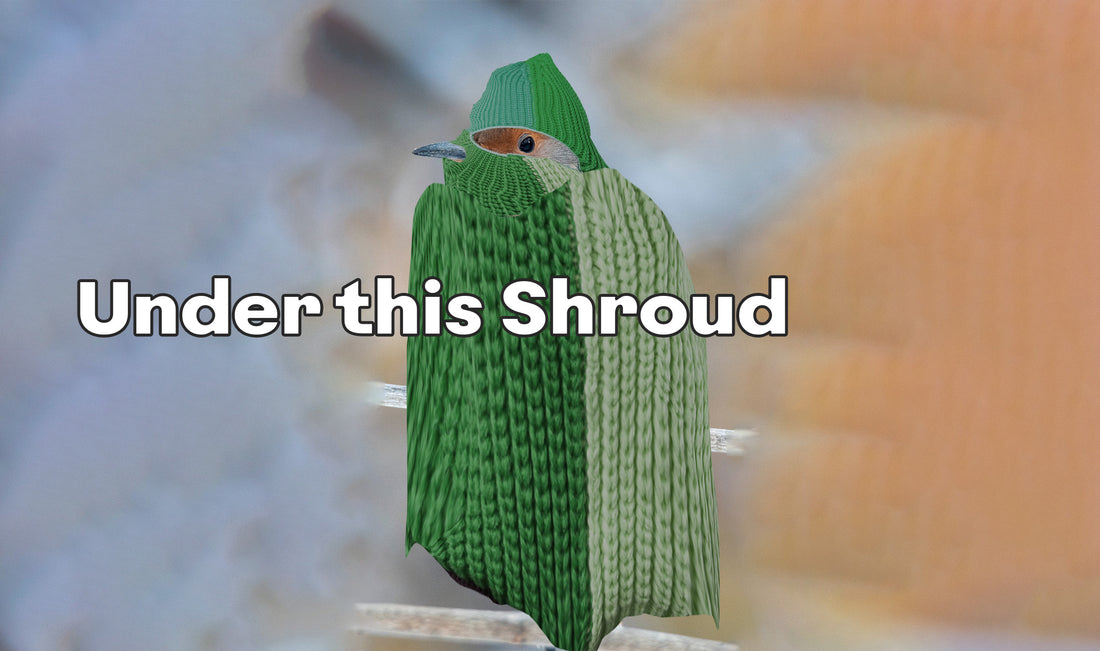
This is North America's Greatest Woodpecker
Brett KarleyOn a crisp spring morning, I heard rhythmic drumming echo through the forest. Drawn to the sound, I made my way through the sun-dappled canopy of mature trees. There, perched high and camouflaged among the branches, was a bird initially tricky to identify at a distance. Then, it took flight, and a vibrant flash of yellow caught the early sunlight. The only woodpecker in North America with such stunning and striking plumage—it was a Northern Flicker. With its unique behaviors and captivating appearance, it doesn't get much better.
 Male Yellow-shafted Northern Flicker. Brown face, red nape crescent, yellow shafts, and black mustache.
Male Yellow-shafted Northern Flicker. Brown face, red nape crescent, yellow shafts, and black mustache.
What Makes the Northern Flicker Unique
What sets the Northern Flicker apart? For starters, its foraging habits are unique. Unlike most woodpeckers that spend all their time pecking at tree bark, the Northern Flicker often digs for ants and beetles on the ground. Ants make up 45% of their diet, showcasing their unique ability to handle formic acid, which deters many other birds.
Their physical appearance is another highlight. With a sleek brown body, black barring, a spotted breast, a prominent black bib, a white rump visible in flight, and bold black and red facial markings, the Northern Flicker is a damn masterpiece. And that’s not even counting the brilliance hidden under the wings. See one in flight, and you might find yourself knocked to the ground by its beauty. In areas abundant with flickers, don’t be surprised to see birders strewn about the earth, dazed and dazzled in awe, the sound of shutter bursts echoing through the woods..
Males sport either a red or black mustache stripe, depending on the region, and the underwing colors vary geographically. The Yellow-shafted Flicker dominates the east, while the Red-shafted Flicker rules the west. In areas of overlap, you’ll find intergrades with mixed facial markings and orange under the wings. They all share a charismatic personality, making them standout species among North American woodpeckers.
 Male Yellow-shafted Northern Flicker. Brown face, red nape crescent, yellow shafts, and black mustache.
Male Yellow-shafted Northern Flicker. Brown face, red nape crescent, yellow shafts, and black mustache.
Where to See Them
Northern Flickers thrive in diverse habitats, from open woodlands and forest edges to parks, cemeteries, and orchards. Their range spans North America, from Canada to Central America. While many migrate south in winter, others stay year-round in milder climates. This widespread presence means that almost everyone in North America has a chance to spot a Northern Flicker in their neighborhood at some point during the year.

Male Red-shafted Northern Flicker. Grey face, clean grey nape, red shafts, and red mustache.
Boom Bap
Northern Flickers are notorious for their drumming, always on the hunt for resonant materials to make the loudest noises possible. One morning, while working from home, I heard an insanely loud metal ringing—it sounded like school was out for summer. Curious, I went outside to investigate and found a yellow-shafted flicker perched on the chimney, slamming its face against the metal cover. All I could think was, “Nice work, dude. That is incredibly loud.” For flickers, the louder, the better. This drumming, along with their loud calls, establishes territory and attracts mates. Combined with their playful antics, like hopping on the ground or chasing each other through trees, they are a delight for bird watchers.
 Male Yellow-shafted Northern Flicker
Male Yellow-shafted Northern Flicker
Fighting and Making More
Highly territorial during breeding season, Northern Flickers vigorously defend their nesting sites. Often coming together in battle like the epic image embroidered onto the chest of Bird Club's East Meets West Hoodie. Faces get raked and eyes destroyed. Though I've never witnessed a showdown between males of each subspecies, it’s a sight I’ve always wanted to see—hence the hoodie design.
Mating rituals include intricate courtship displays, such as bill pointing, drumming, and the "wicka" call. They typically select nesting sites in dead or decaying trees, where both males and females excavate cavities. The female lays 5-8 eggs, which both parents incubate for about 11-12 days. After hatching, fledglings remain in the nest for about three weeks, with both parents sharing feeding duties.
Male Red-shafted Northern Flicker. Grey face, clean grey nape, red shafts, and red mustache.
Conservation Status
The Northern Flicker is currently listed as a species of least concern, with stable population trends. However, habitat loss and competition for nesting sites remain challenges. Unlike many cavity nesters, Northern Flickers can excavate their own cavities, providing them with an advantage. Conservation efforts focus on preserving woodlands and creating nesting opportunities to support their populations.
 Male Intergrade, traits of red-shafted and yellow shafted. Note red mustache, brown face, red nape crescent, yellow-orange tail feathers.
Male Intergrade, traits of red-shafted and yellow shafted. Note red mustache, brown face, red nape crescent, yellow-orange tail feathers.
Interesting Facts
- They Look Amazing: Look at one, and tell me they don’t.
- Unique Foraging: Ground foragers, primarily eating ants and beetles.
- Don’t Need Antacid to handle Ant’s Acid: True.
- Vibrant Displays: Elaborate courtship displays including bill pointing, drumming, and the "wicka" call.
- Major Regional Variants: We’re not talking about tiny little details here. Yellow-shafted in the east, Red-shafted in the west, and intergrades with mixed field marks.
- Versatile Drummers: Known for drumming on resonant surfaces like barns, street signs, prefab sheds that you buy from Costco, and metal chimney covers.
- Cultural Significance: Featured in Native American myths, symbolizing healing and protection. More on this soon.
- Nest Enablers: Excavate their own cavities, providing nesting sites for other birds.
- Ecosystem Role: Help control insect populations and provide nesting sites for other cavity nesters.
Yellow-shafted and Red-shafted Male Northern Flickers on the East Meets West Hoodie
A Classic East Coast West Coast Battle
At Bird Club, we celebrate the Northern Flicker. We pump our fists when we spot one and slap high-fives with those who capture them on camera. Our East Meets West Hoodie makes it official, immortalizing the flicker's essence in fabric. This premium, sustainable sweatshirt showcases the bird's unique beauty, fiery personality, and regional diversity. It's perfect for upgrading your birding experience and style, whether you're in the field or relaxing at home.
Bird Club is dedicated to supporting birders and ornithology enthusiasts with top-notch gear and resources, fostering a deeper connection with nature.
Conclusion (8th Grade Style)
In conclusion, the Northern Flicker is a captivating bird that outshines every other North American woodpecker. Whether it's their behavior, appearance, or personality, they're at the top of the list. Photograph one, draw one, sing to one—whatever your desire, you're in for a moment worth writing about in your journal.



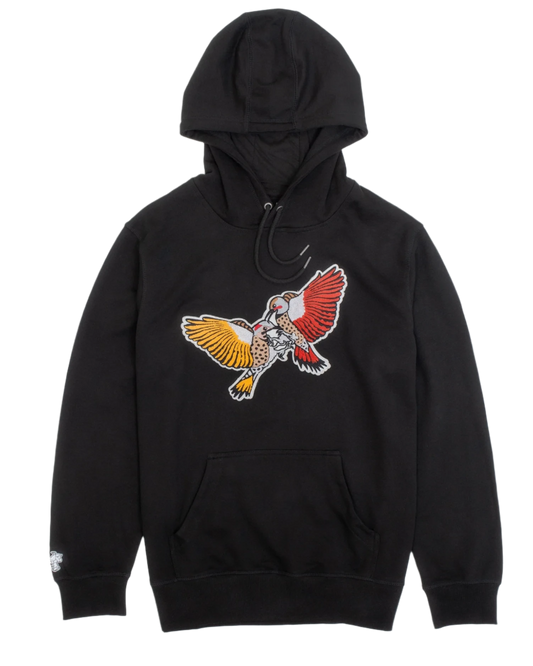
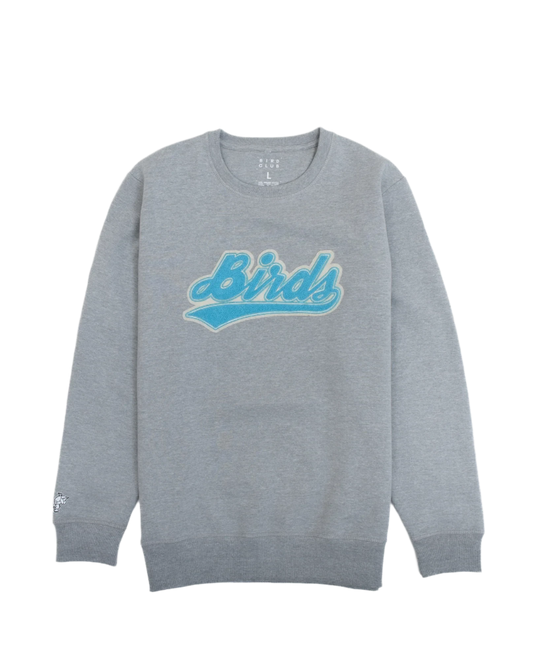
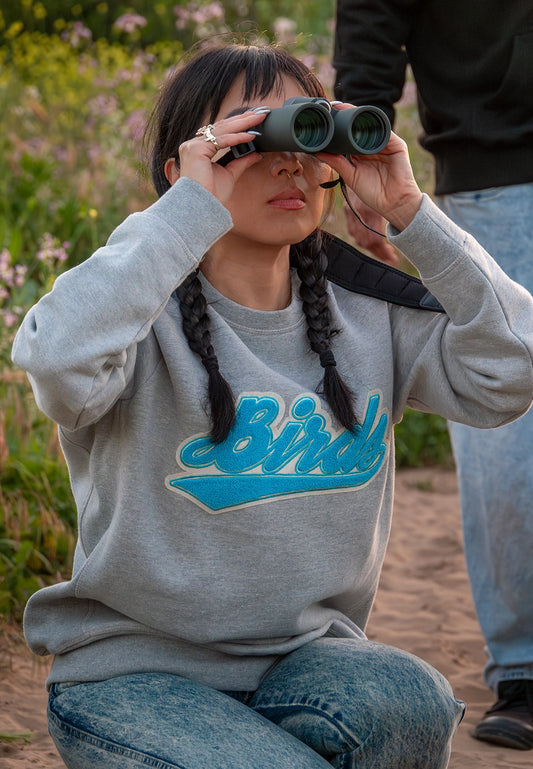

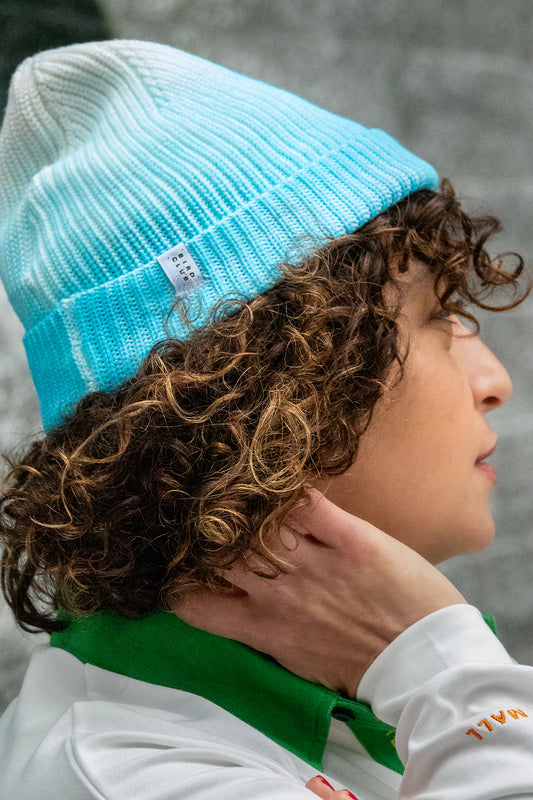


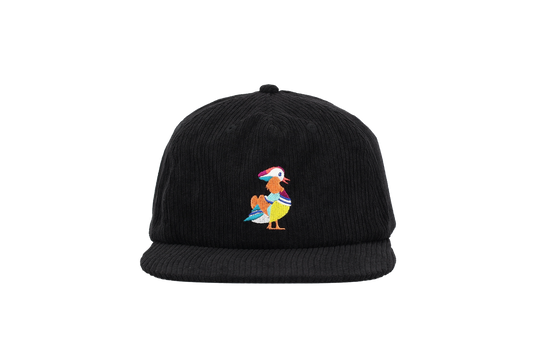



![The Ultimate Gift Guide for Bird Lovers: Unique Gifts for Birders and Birdwatchers [Updated for 2025]](http://birdclub.club/cdn/shop/articles/Ultimate_Gift_Guide_Composite_Image-bird-club-updated-2025-v2.jpg?v=1764980364&width=533)
